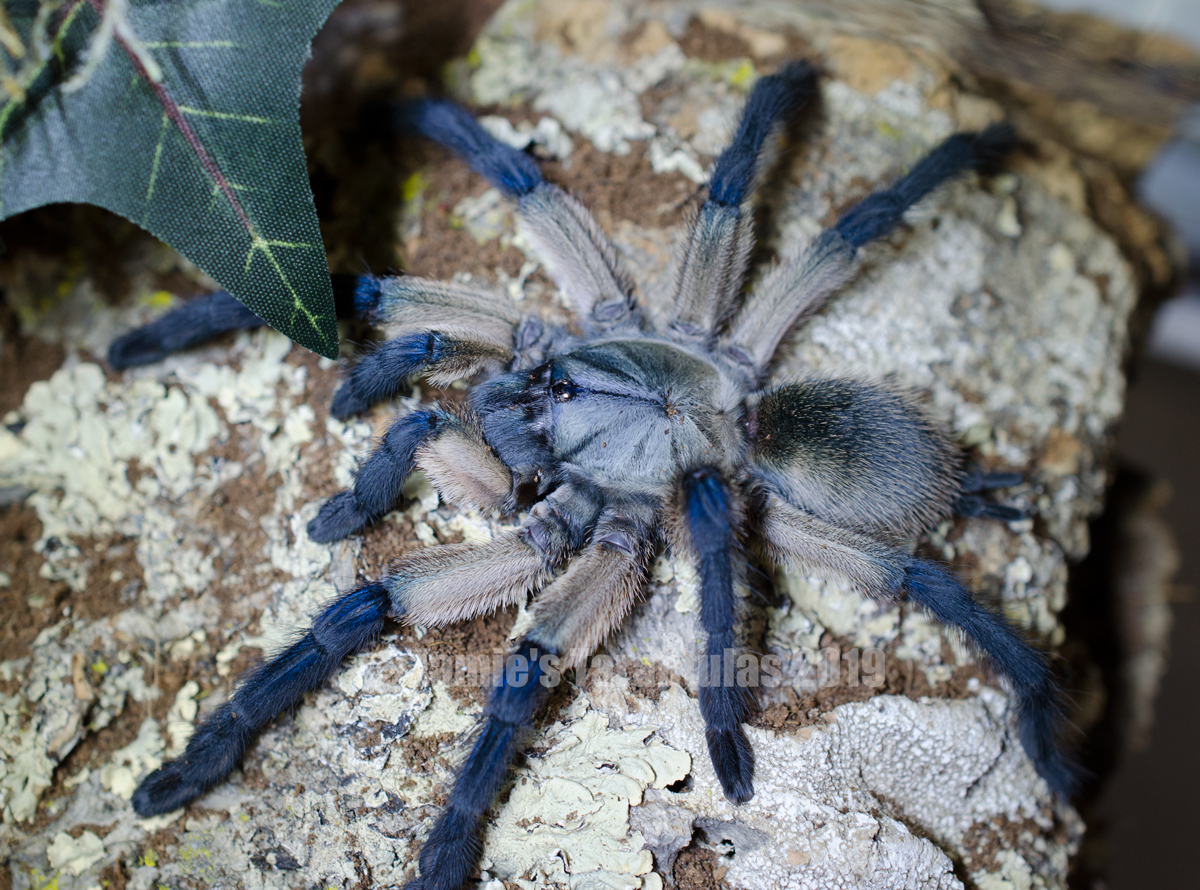Welcome to the wonderful and amazing world of Tarantulas!
Tarantulas come from all around the world and are native to every continent except Antartica. Not only can tarantulas be found on most continents, they also reside in a multitude of environments from the driest deserts to the tropical rain forests. Currently, there are nearly a thousand different species.
You may have heard the terms “Old” and “New world” species. This simply refers to the origin of the particular tarantula species. Old World species are originally found in Asia and Africa; New World species originate in North and South America.
Are tarantulas dangerous?
Although bites are rare, tarantulas do have the ability to bite a human. New World tarantula’s venom is usually no more severe than a bee sting.* That venom is typically used to help subdue and digest prey, although Old World species have more potent venom. It can be extremely painful and uncomfortable to be bitten by an Old World species. There is no record of a person dying from tarantula venom. Even so, one should always use caution when encountering tarantulas, or any live animal as they are unpredictable.
Pictured is Taz the “OBT” – an Old World terrestrial tarantula – in what is known as a threat pose. This is the universal warning posture for a tarantula. “Stay back or I will bite you”, says Taz.
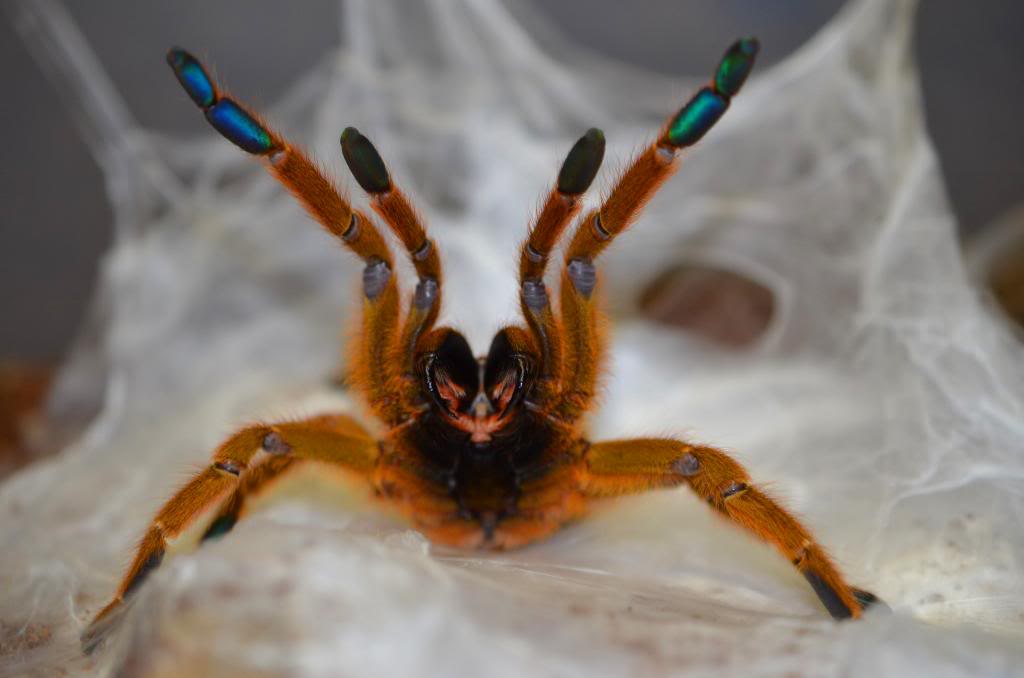
Old World species are typically more defensive and carry potent venom, whereas New World species are usually more skittish and ha a totally different defensive mechanism: urticating hairs. These “hairs” are located on the tarantulas abdomen and can be rubbed or flicked to ward off would-be predators. Urticating hairs can cause itchy and/or inflamed skin, sinus and eyes. It is advised to use caution when around these species.
Why a pet tarantula?
Low-Maintenance: Tarantulas are one of the most low-maintenance pets one can own. The majority of our collection gets attention only once weekly, and it’s plenty! We might even skip one, two or more weeks if the tarantula is clones off and/or molting. Vacation troubles? No more worries leaving the “pets” at home alone!
Inexpensive to maintain: B. lateralis, B. dubia, crickets and other popular feeders can be readily obtained for very little cost. A squirt bottle and tweezers can be purchased once and used for the whole collection. “Room temperature” is typically comfortable for our most popular species, supplemental heat or cooling is not usually needed or recommended.
Use minimal space: Tarantulas are ambush predators. Their strategy is to sit and wait days, weeks or sometimes even months for food to wander close enough to grab. They don’t want or need exercise and can be quite content in a modest-sized enclosure.
Quiet: No barking, howling, meowing, crowing or mooing while you’re trying to sleep.
Investment: Tarantulas take some time to grow up thus, the juveniles and adults are typically worth more than spiderlings of the same species.
Fear-Facing: As silly as it might sound to some, many obtain tarantulas to get over arachnophobia. I assume it is effective as “recovering arachnophobics” are typically repeat customers.
Remarkable: Tarantulas are remarkable in a way only keepers can understand. They invoke a special feeling… It’s like your very own miniature pet alien who occasionally allows you into their tiny world. Be enchanted watching them carry out their daily business as they would in the wild, as they don’t know you’re looking. A pet tarantula can bring life and excitement to a small space like nothing else can.
Choosing the Right Pet Tarantula
Old World vs. New World / Arboreal vs. Terrestrial / Male vs. Female
Arboreal means the species typically lives on trees in the wild. This could mean they live high in the canopy, under the bark, or even at the base of the tree. Arboreal tarantulas are very fast moving and quick growing when compared to most terrestrial species. New World arboreal are less likely to flick their urticating hairs and a few species lack the urticating hairs completely. Arboreal tarantulas typically require a moist enclosure that demands frequent misting. Old World arboreal species have no urticating hairs but make up for it in speed and venom potency. Arboreals are less hardy than many terrestrial species but can still make a great first tarantula if starting with a juvenile or older. My first tarantula was a New World Arboreal, C. versicolor (pictured left)
New World terrestrial tarantulas have urticating hairs and many aren’t afraid to flick them. Old world terrestrials are fast-moving and are known for their “attitude” (more defensive behavior) which can be comical & fascinating for a cautious and/or experienced keeper.
Female’s are more sought after because they have a longer lifespan. An arboreal Male, such as Avicularia Versicolor could live about three or more years while the female would be expected to live eight years or more. Although younger males can make great beginner tarantulas older males especially those near maturity should be avoided. Once mature, a male tarantula only one purpose-to find a mate. A once vigorous eater will often refuse food and water, walking in circles non-stop, looking for a female.
Some terrestrial species are extremely long lived. I have known Brachypelma smithi females to live longer than 35 years and males to live as long as 12-15. Gender can be tricky to determine, and we are typically unable to determine the sex of a tarantula until they are about 2″ in legspan.
HERE IS MORE INFORMATION ON HOW TO DETERMINE GENDER
Good Starter Species
We recommend beginners start with a hardy New World species over 1″ leg-span. HOW WE MEASURE. Here is a list of some of our favorite beginner species:
Most Grammostola species including the Brazilian Black (Grammostola pulchra) are popular with beginners due to their hardiness and very docile personality. They’re slow growing but very long-lived. This is one of the hobby classic species sought by both beginners and veteran keepers.
Chromatopelma cyaneopubescens (Green bottle blue or GBB) Chromatopelma cyaneopubescens (Green bottle blue) “GBB” are one of my favorite species to raise from a sling. They are hardy, heavy webbers, have a great feeding response and grow quickly. GBB’s amazing colors and patterns that change as they grow.
All Brachypelma species including the Mexican Red Knee (Brachypelma hamorii, formerly B. smithi) can make a great beginner tarantula. Brachypelma in general are slow growing, long-lived, hardy, low-maintenance species. Juveniles and adults of B. hamorii possess stunning black and orange coloring. Prized by beginners and experienced keepers alike B. hamorii/smithi is one of my personal favorites.
Brachypelma albopilosum, also known as the Curly Hair Tarantula is a popular beginner species. Long, curly “hairs” give this species a unique appearance, just like the tarantula is having a bad hair day! Known for being docile and hardy.
Martinique Pink-Toe Tarantula (Caribena versicolor) Docile yet skittish, C. versicolor would typically rather flee or shoot feces (with deadly accuracy!) I would recommend this species to attentive and/or intermediate tarantula owners. If it’s your first arboreal start with something minimum 1″ or larger, preferably over 1.5-2″ as the very young arboreal species tend to be more finicky.
And many others! The species listed are just a sample of some of the species that can make a good first tarantula. If we think a particular tarantula we have available is good for beginners we will include it in our Beginners Section
Pictured below is a juvenile B. albopilosum (Curly Hair)
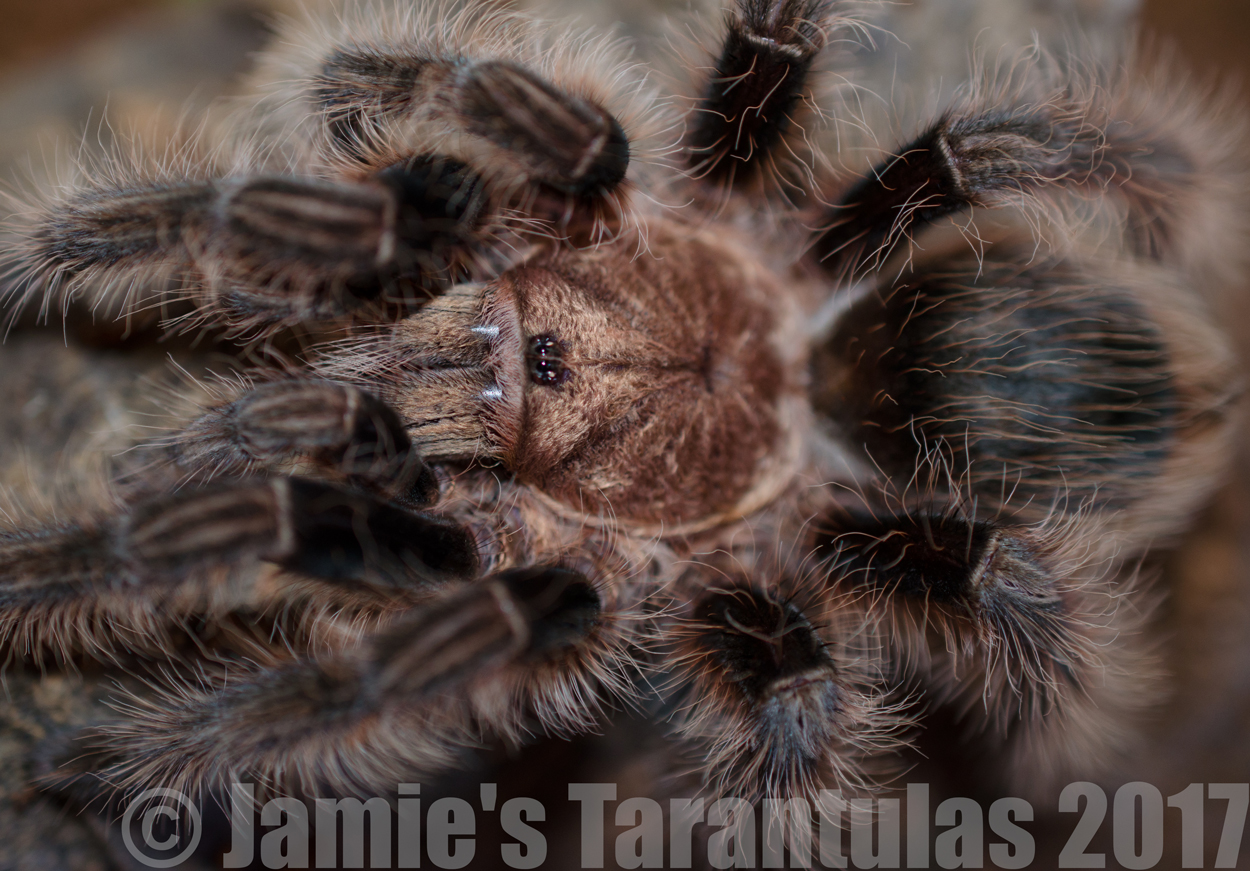
Housing Your Tarantula
An arboreal enclosure should be taller then it is wide – as your arboreal will typically want to make it’s home high in the enclosure. If the enclosure opens from the top this could pose a problem for the arboreal. Make sure the enclosure opens from the side or middle as not to damage the tarantulas home. Add plenty of items for the tarantula to make a home similar to those found in its native environment. Silk plants and a piece of cork flat, or tubing are what I use for my tarantulas, and what I recommend to other keepers.
A terrestrial tarantula will typically be more comfortable in an enclosure that is longer than it is tall. If the species is an obligate burrower provide plenty of substrate otherwise the tarantula should be content adopting a hide. Most of my terrestrial tarantulas are kept with cork tubes as they really seem to dig them! (sorry I couldn’t resist the pun!)
Proper ventilation is necessary for a healthy, happy tarantula. Without ventilation mold and fungus could grow which can be dangerous or even deadly to your new pet. Too much ventilation and the enclosure will not hold humidity. The cage you choose for your tarantula should provide the right balance of ventilation and humidity. There seems to be a lot of misconceptions in the tarantula hobby regarding misting, ventilation and cross ventilation. We have found cross ventilation is not necessary nor is it a synonym for proper ventilation.
There is a degree of trial and error when it comes to maintaining proper misting. Keep in mind it will also depend on the species in question and the climate in which the tarantula is being kept. If the enclosure takes too long to dry out try misting less. If that doesn’t work you might need more ventilation. If the enclosure dries out too quickly you might try misting more often and/or slightly reducing the amount of ventilation. We have designed our enclosures specifically for tarantulas (with lots of trial and error!) and with proper misting techniques they provide us with good ventilation without allowing the enclosure to dry out too quickly. For beginners we recommend misting one corner of the enclosure. This way they can observe the tarantula and it’s preferences and adjust accordingly.
It’s very important the enclosure is the proper size for your tarantula. A spiderling should be housed in a spiderling or equivalent enclosure, not juvenile or adult enclosure. This is one of the biggest mistakes beginners make!
A recommended size range is included with all our cage descriptions to assist in selecting the proper enclosure for your new pet.
Pictured Jamie’s Tarantula’s adult tarantula enclosure. The enclosure is ideal for either arboreal and terrestrial tarantulas depending on it’s orientation.
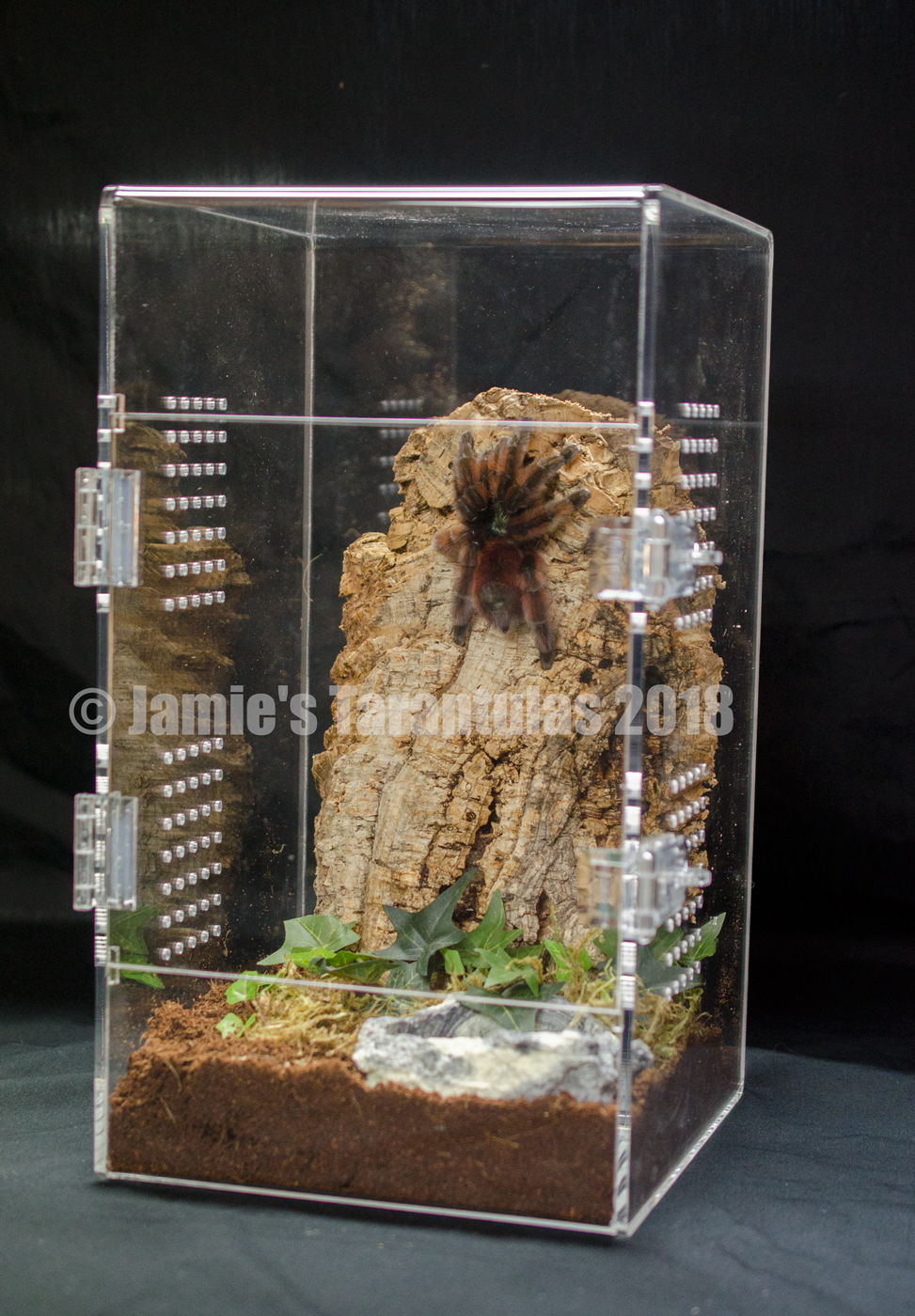
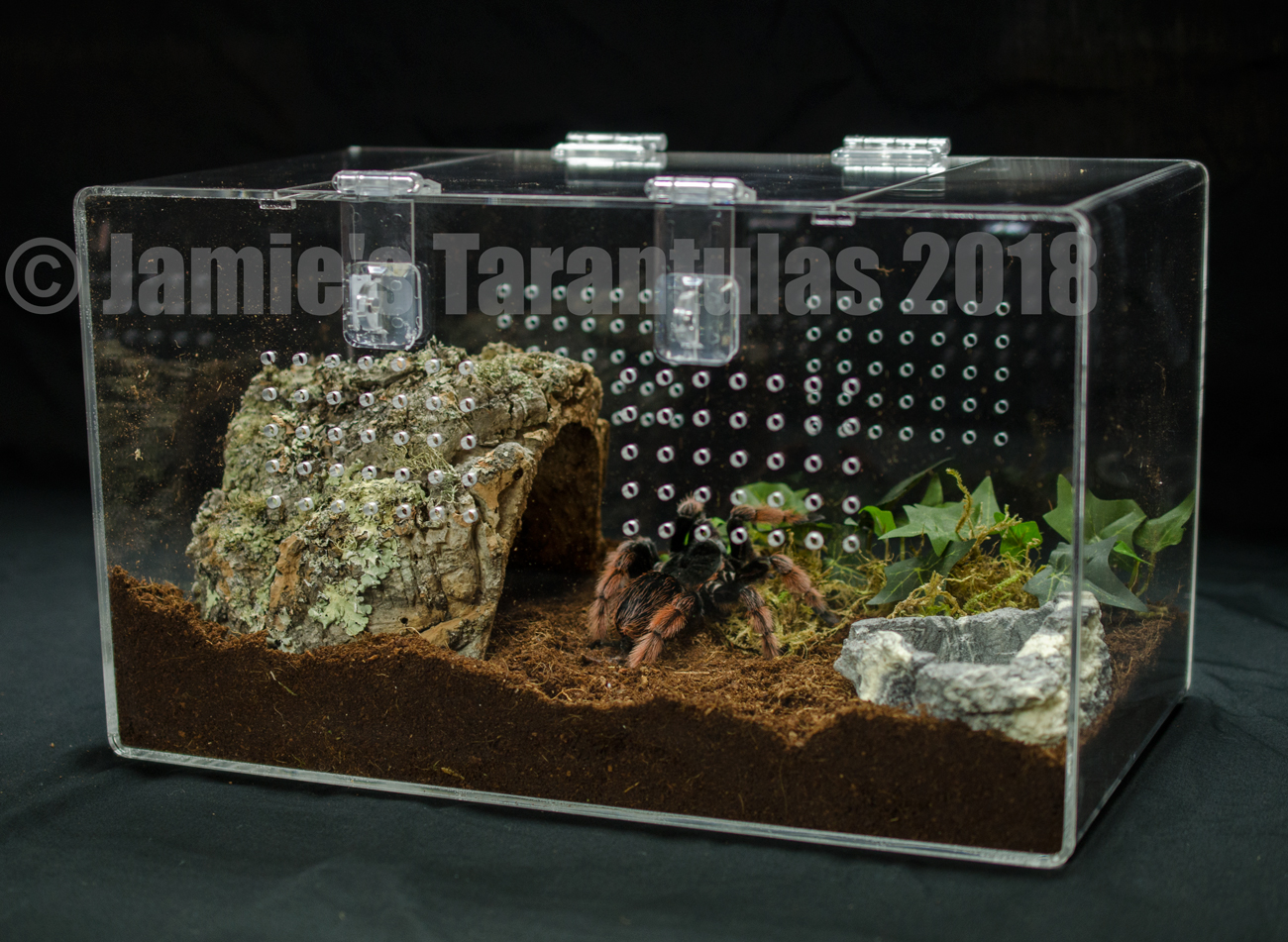
Substrate holds moisture which will keep your spiders enclosure humid. I like to use coco-fiber as a substrate for all my tarantulas. Coco-fiber, potting soil, peat moss, vermiculite or a combination thereof, are commonly used substrates. Use only organic and chemical/fertilizer free substrates. Do not use sand, pebbles, rocks or wood chips.
It is extremely important not to use any sort of screen or mesh for your adult tarantula. Tarantulas have two tiny claws at the ends of each Tarsus (that’s foot to us humans). It is very easy for a large tarantula to get it’s claws caught in a screen. If a leg is caught the tarantula can very easily injure itself – oftentimes these injuries are fatal. I almost lost a prized tarantula to a screen lid. I found her dangling by one leg. We are both so lucky she didn’t struggle! Otherwise, I doubt she would have survived the experience. Please don’t make this mistake! Keep in mind Slings and juveniles claws are not large enough to get hooked on screen which is why we use the screen vents on our small and medium size enclosures.
For tarantulas over 2 inches I would recommend the use of a water bowl although with regular misting of the enclosure walls it is not necessary. Don’t ever put a sponge in the water bowl as the tarantula will have difficulty drinking. Wash and refill the bowl regularly. Make sure the water bowl is wide enough for the tarantula to drink out of. Before 2 inches spiders will drink droplets from regular misting of the enclosure. When misting moderation is the key. The enclosure should not be saturated with water and be able to dry out in a few days time. A period of drying-out between misting will prevent mold, mildew and mites from growing in the substrate. I recommend new keepers to mist about one-third of my tarantula enclosure. The next time mist a different part of the enclosure, allowing the previously misted area to dry without ever completely drying out the enclosure. Keep the tarantulas tubeweb or burrow dry. I wouldn’t want water in my living room either!
Please note: The vials and cups the tarantulas are shipped in are excellent for just that however, we do not recommend housing the tarantulas in their shipping containers. Doing so will void our extended health guarantee.
Feeding
In the wild tarantulas are opportunistic hunters and will eat just about anything they can overpower. This is great news for tarantula keepers as there are many feeders to choose from. As this is such a broad topic and I want to keep the Tips page basic, we highly recommend reading our article on Feeding Your Tarantula which includes individual feeder recommendations, their pros & cons as well as a troubleshooting guide. If you’re ordering your tarantula from us we do our best to make it easy, there should be feeder and enclosure recommendations in the description of every tarantula for sale on our website.
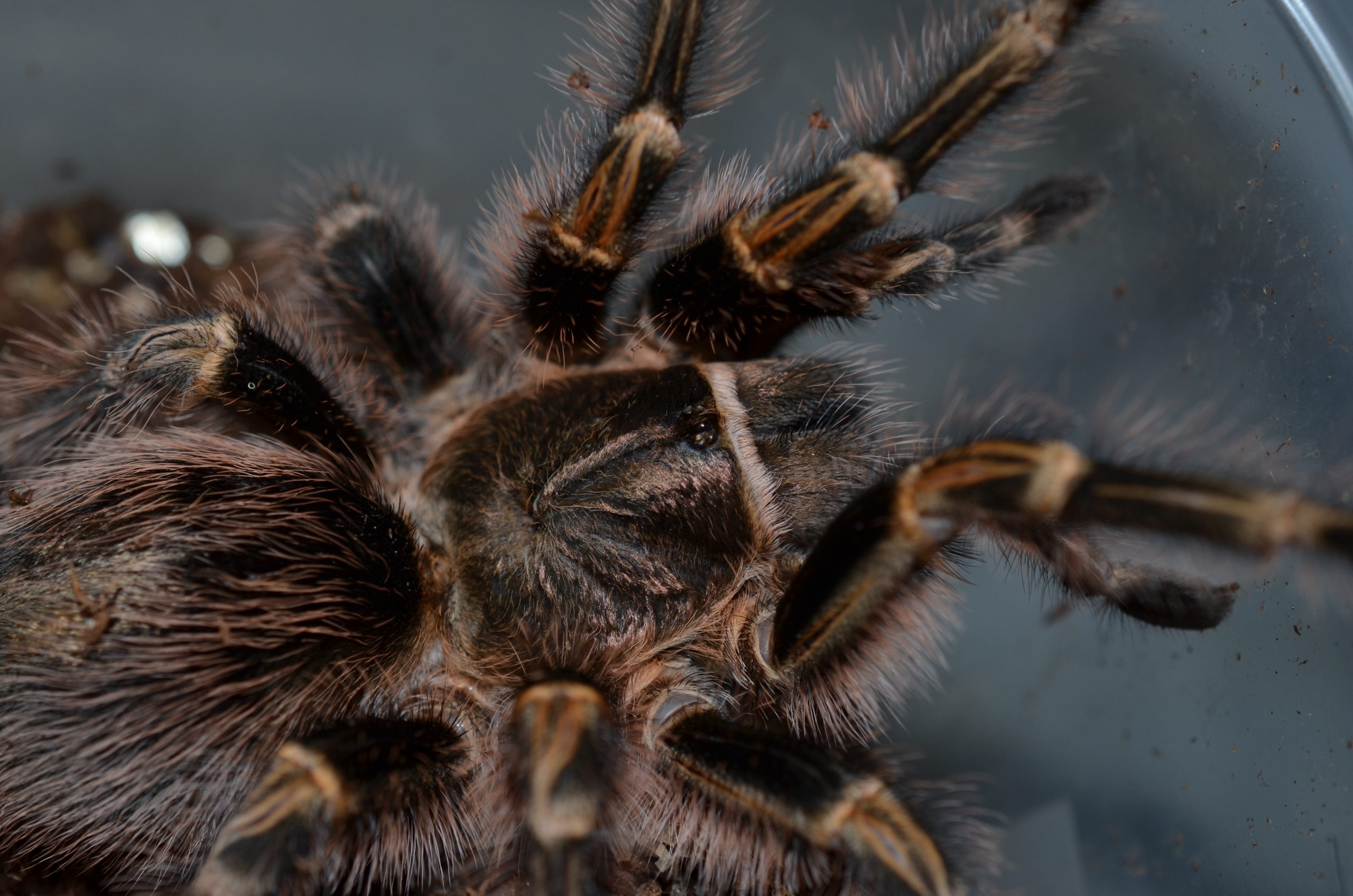
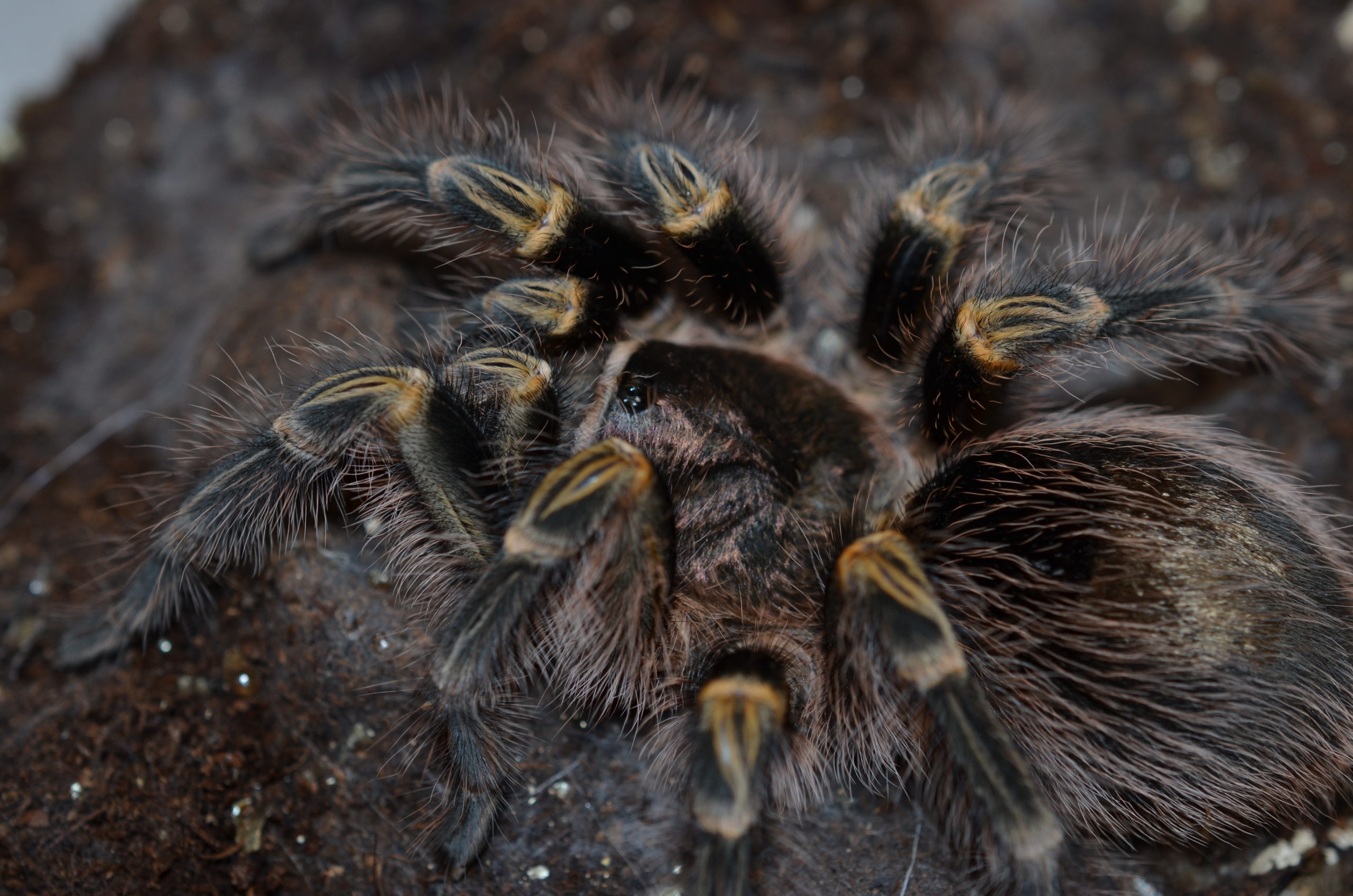
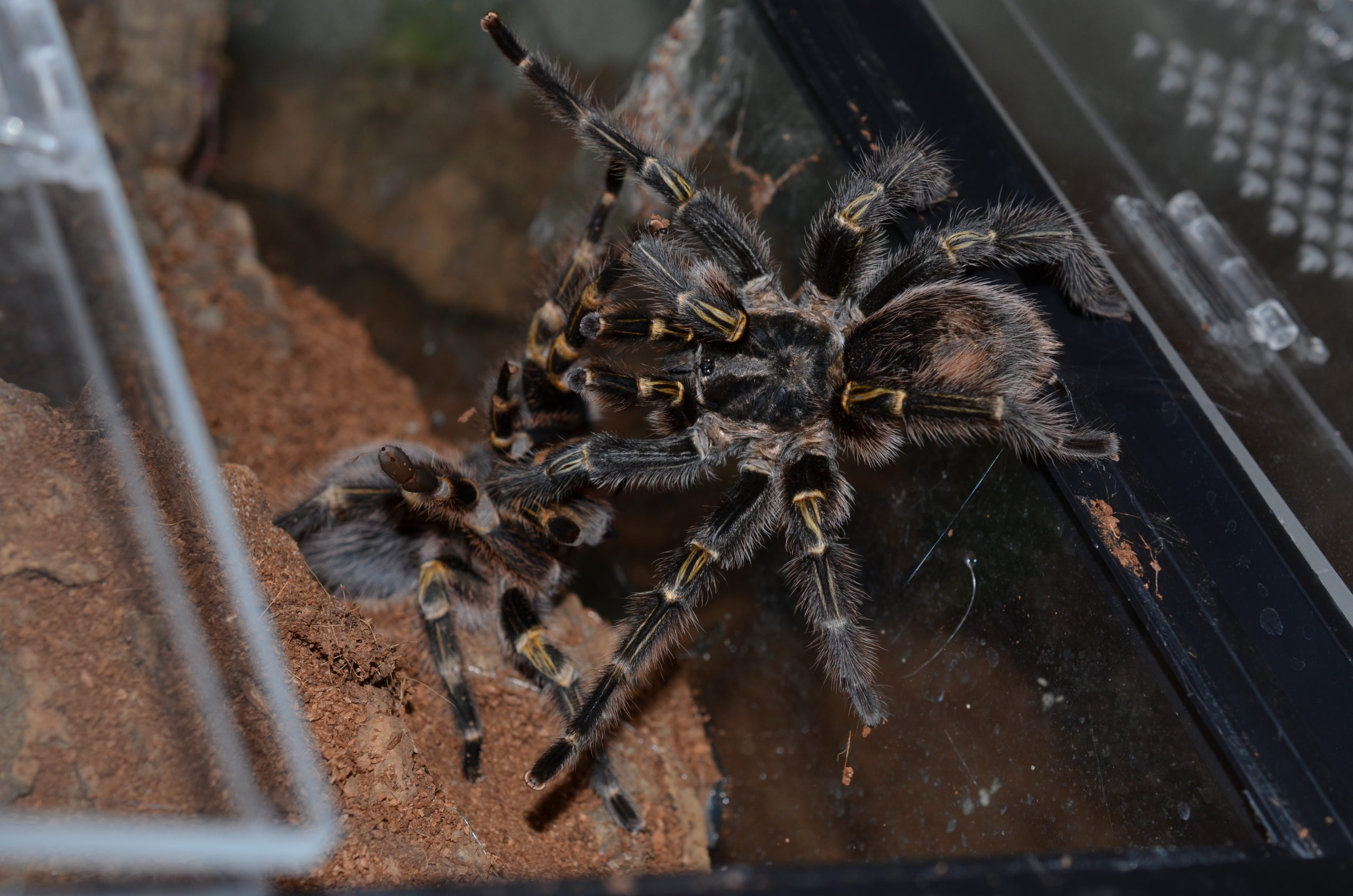


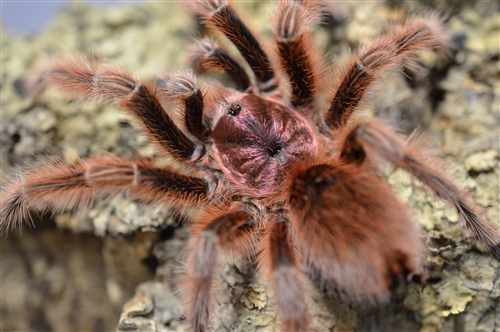

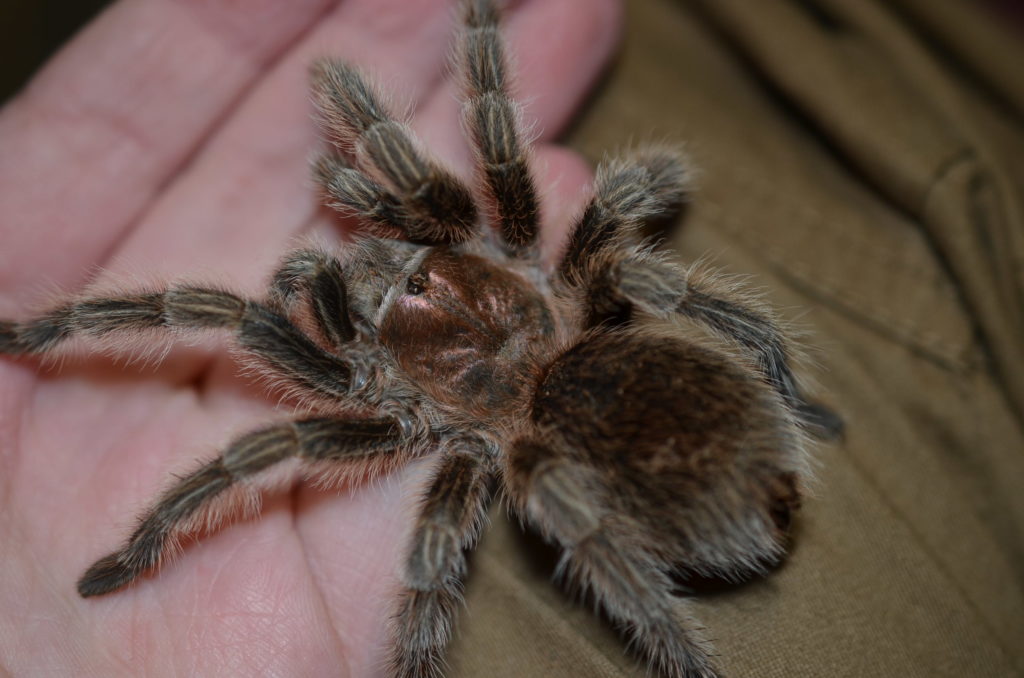
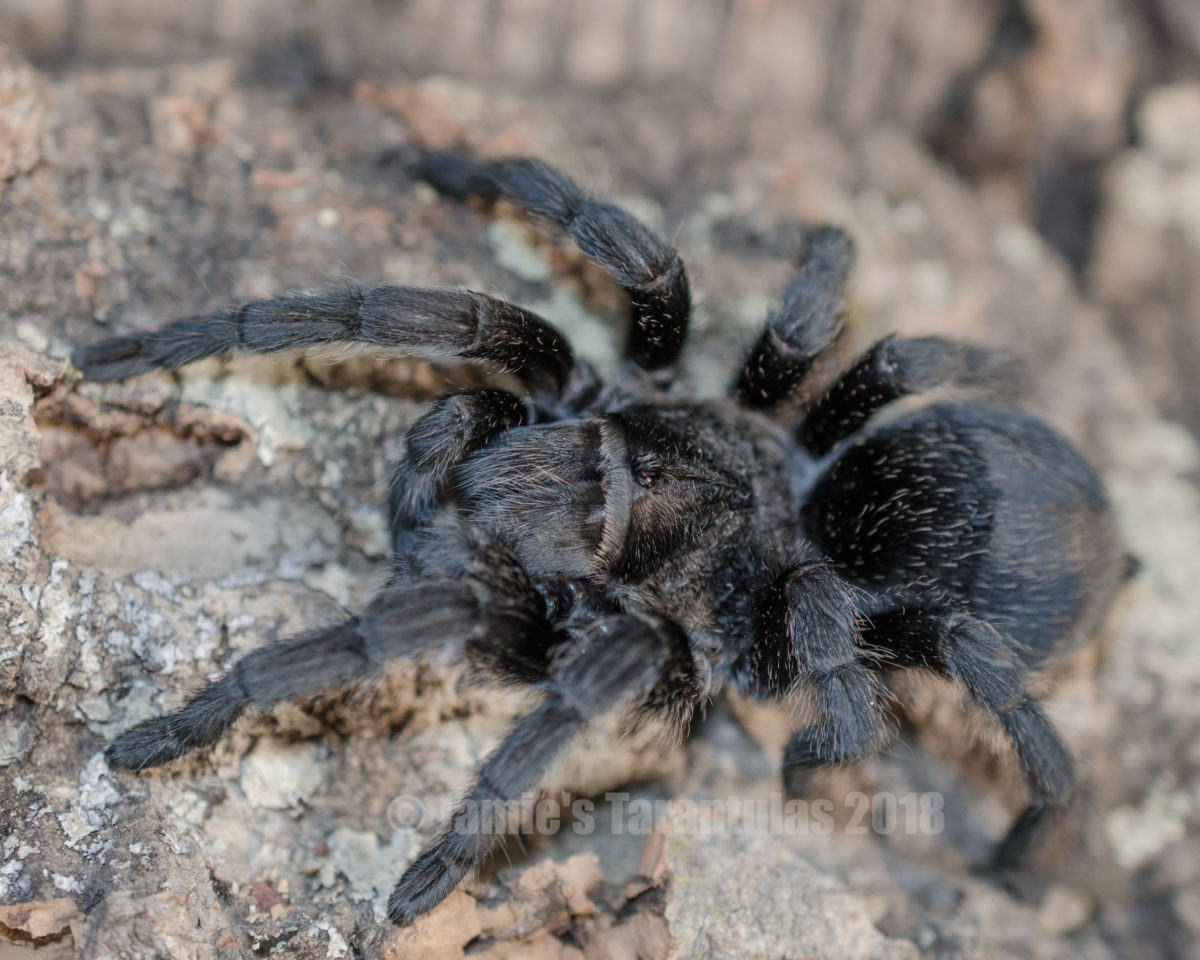
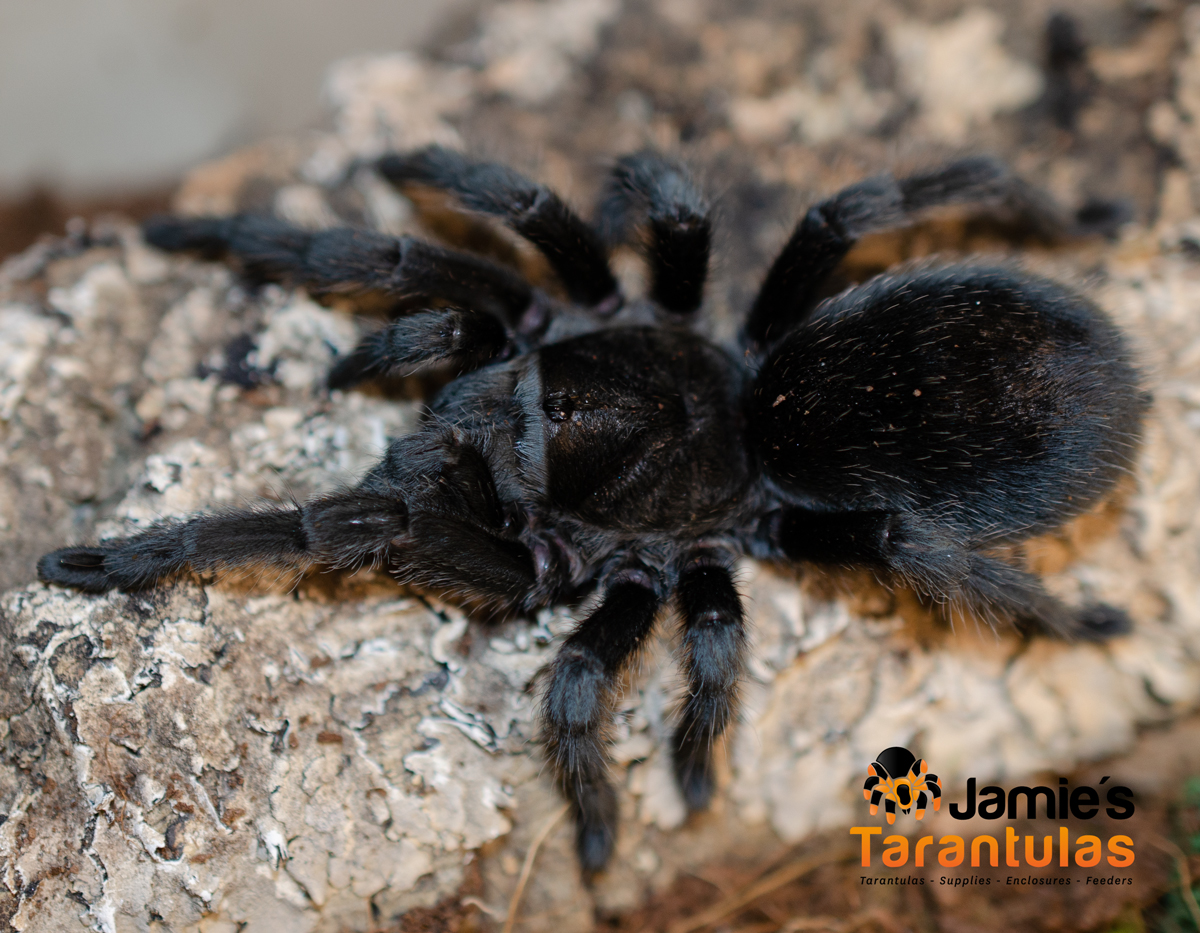
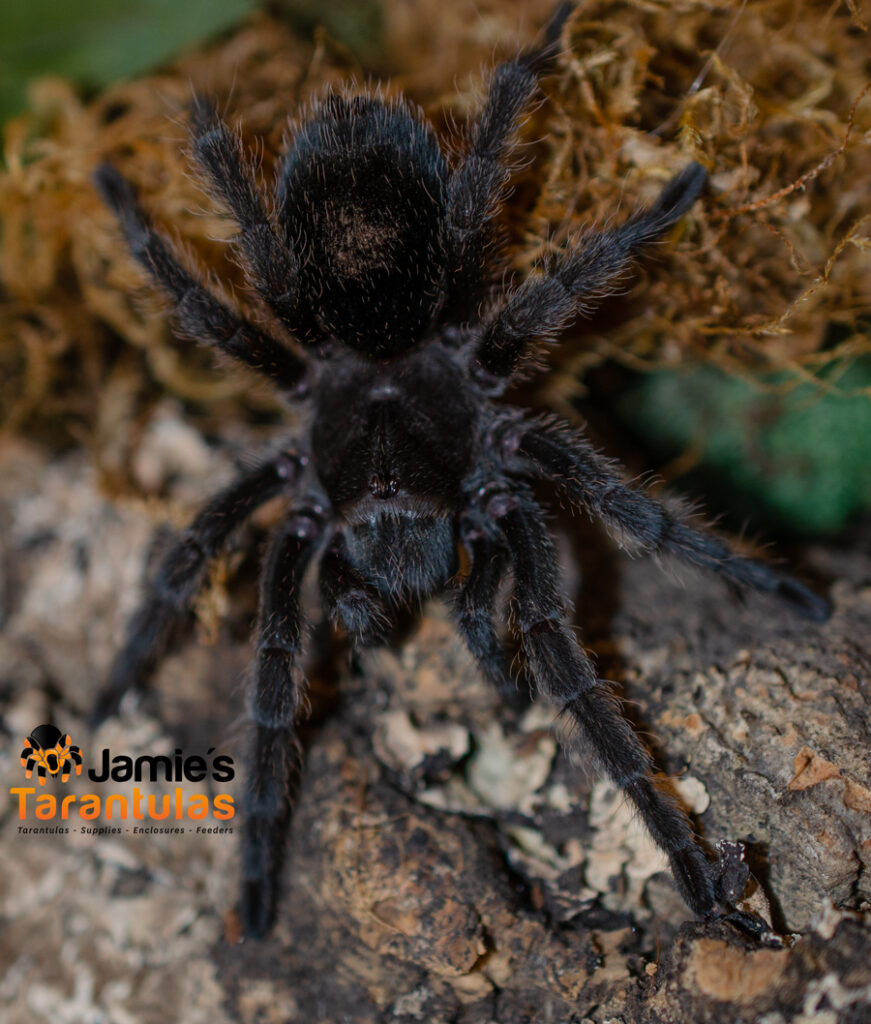
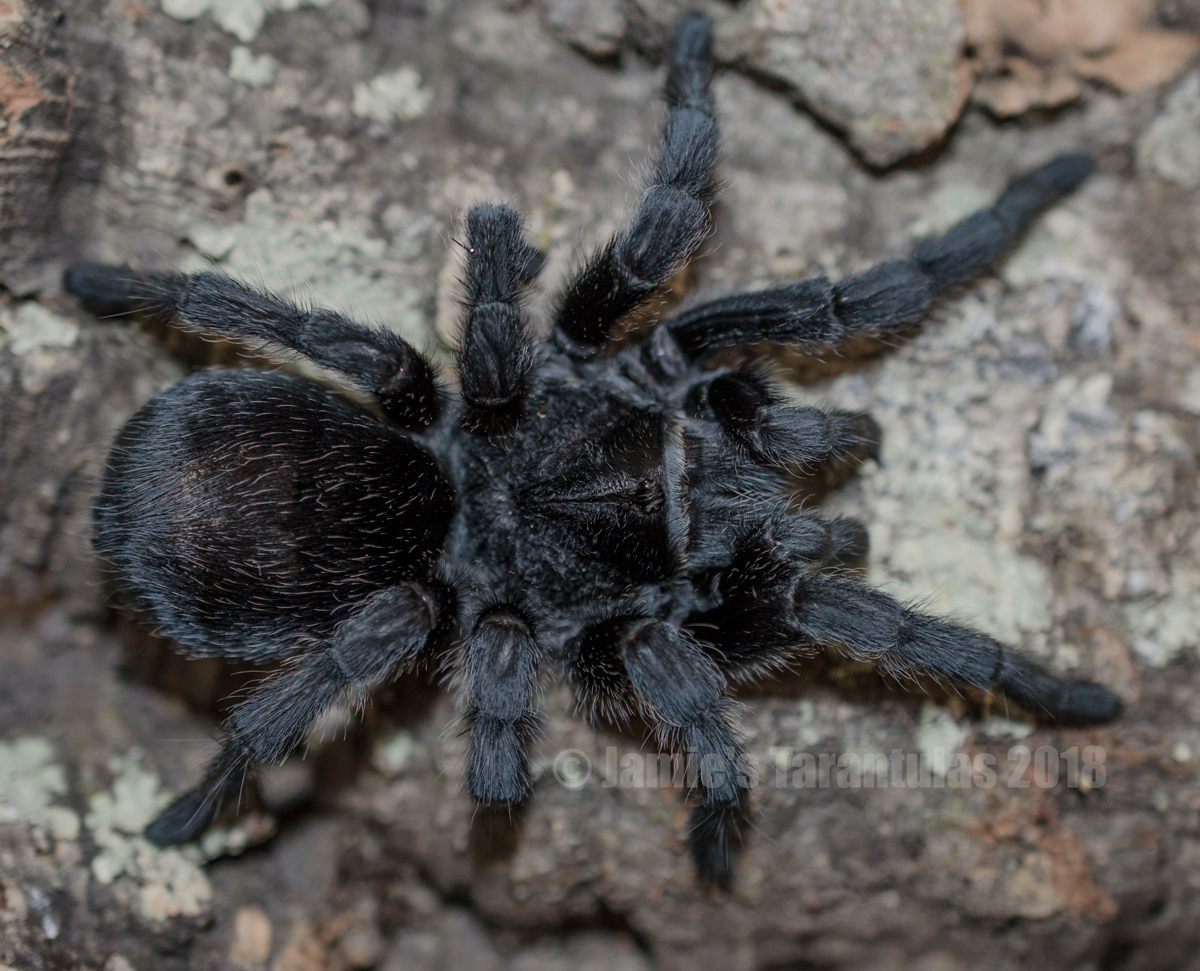
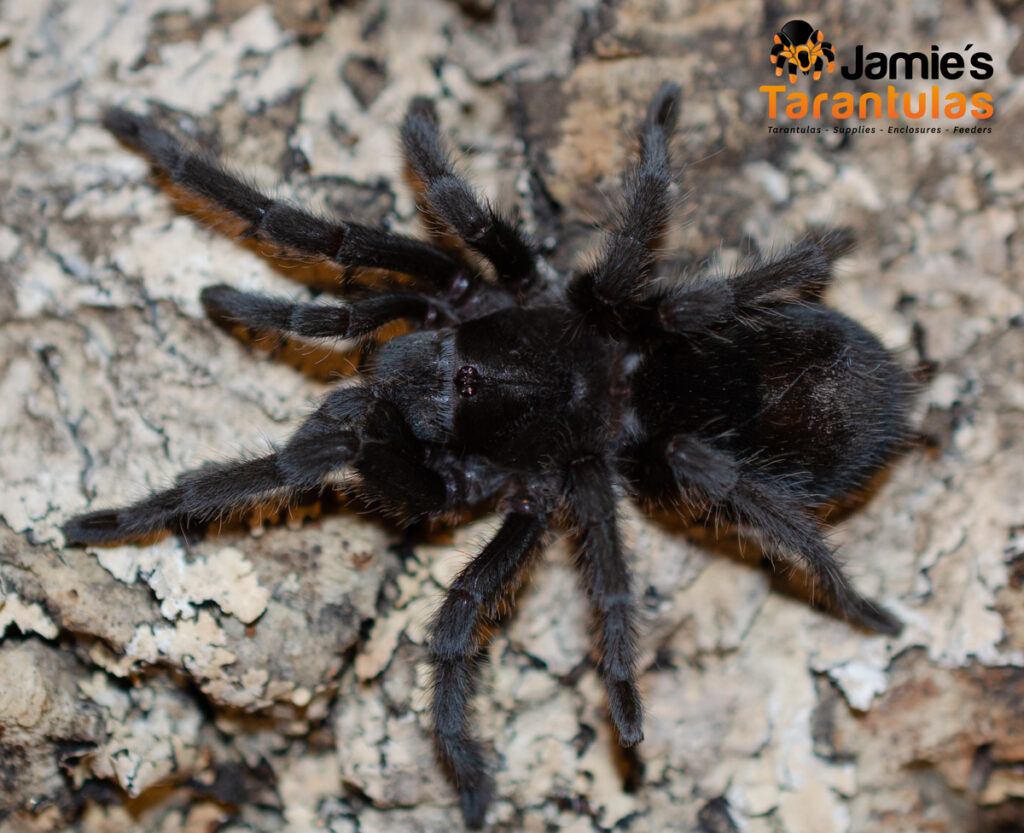
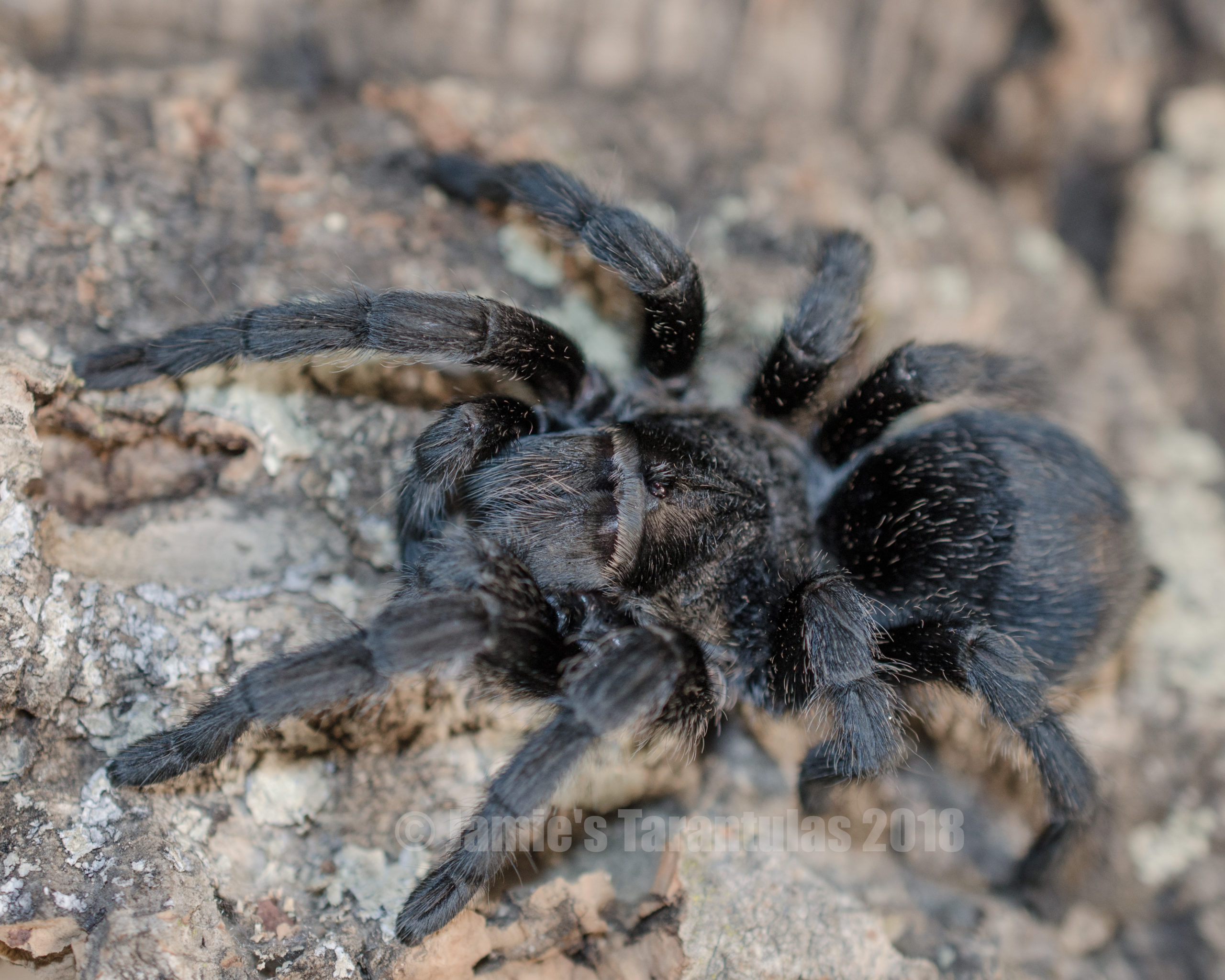
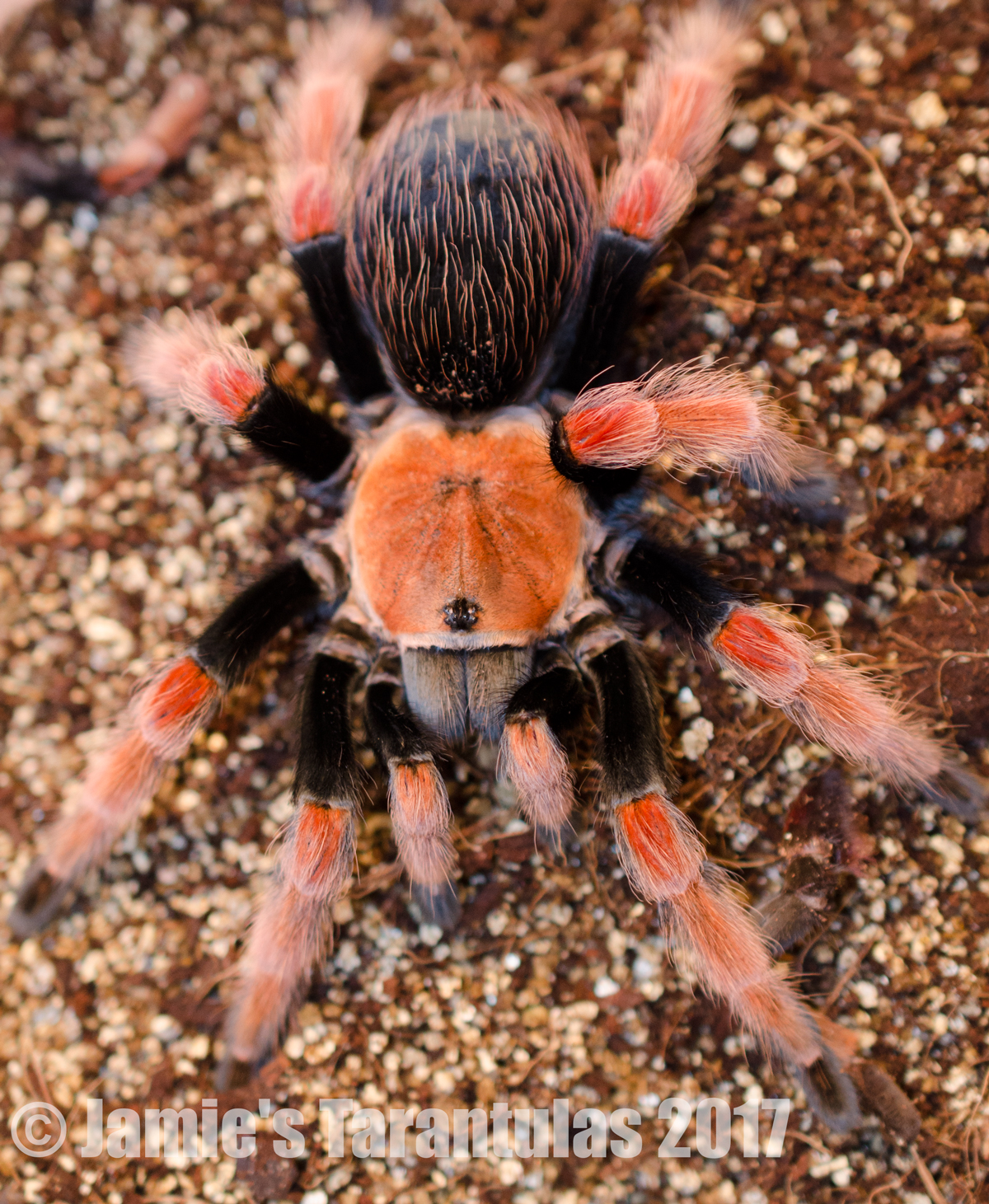

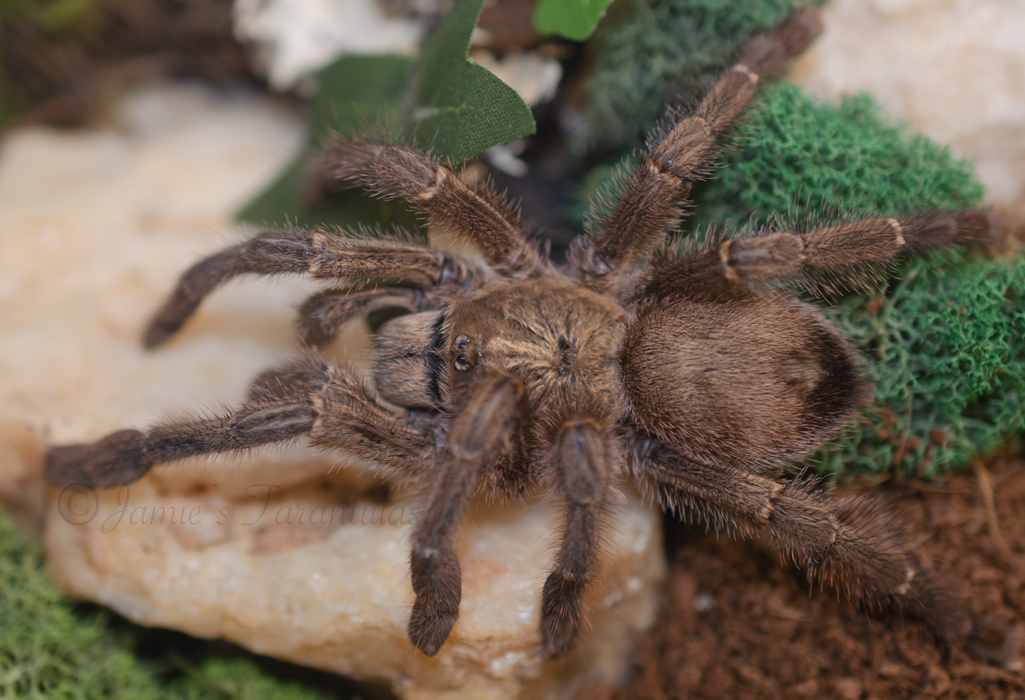
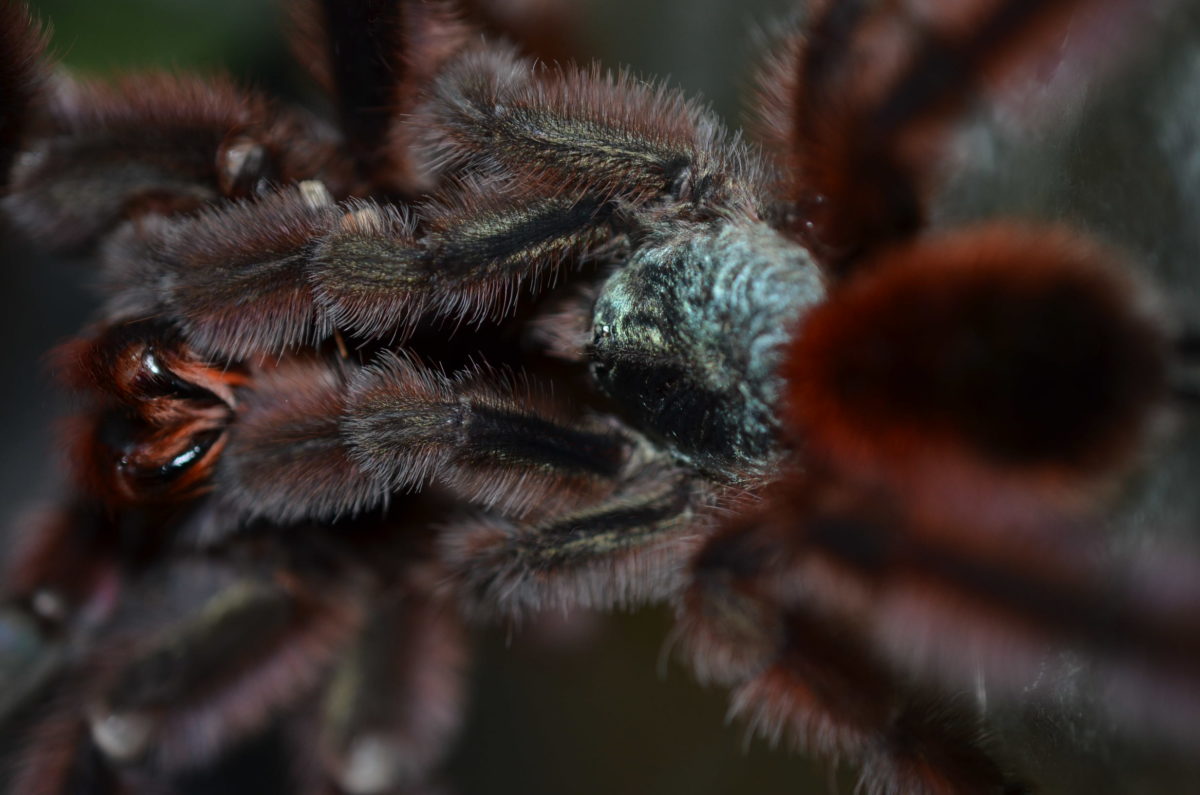
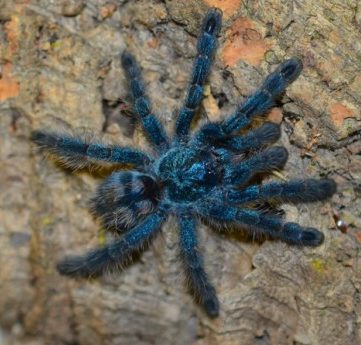
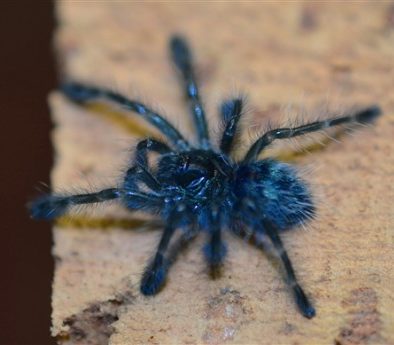 For small spiderlings under about 1 1/4″ we recommend the
For small spiderlings under about 1 1/4″ we recommend the 